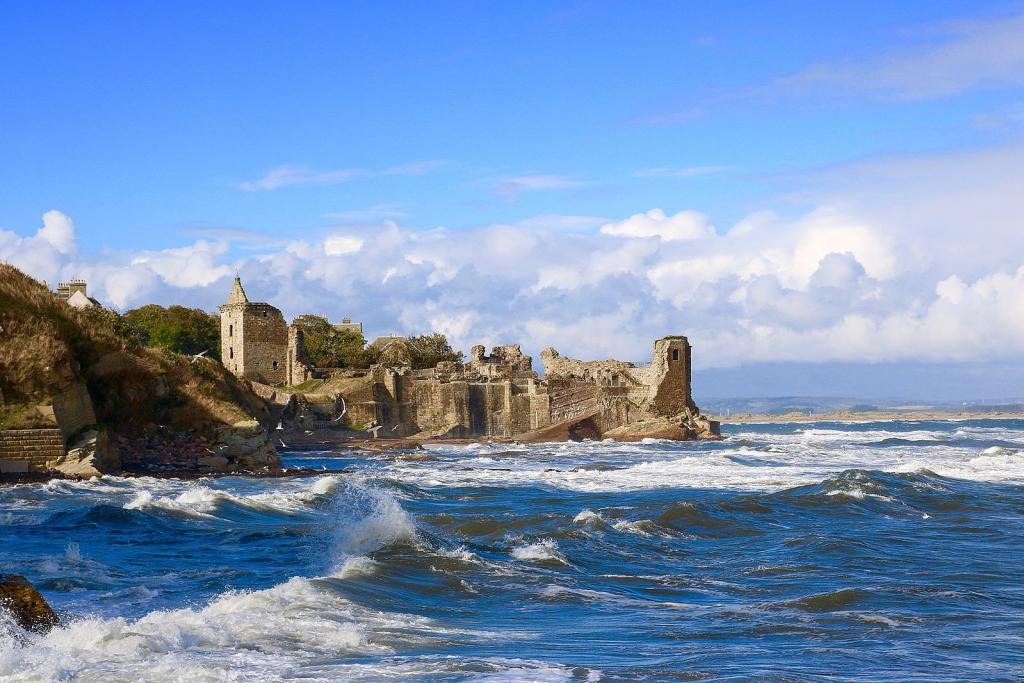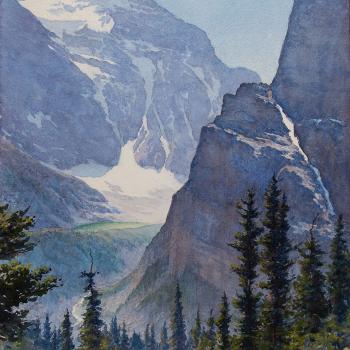
(Wikimedia Commons)
We have belonged, for many years now, to a remarkable monthly reading group, officially known as the Gadianton Polysophical Marching and Chowder Society, that began decades ago in Santa Barbara — where some of its original members were either on the faculty at the University of California (e.g., Davis Bitton) or affiliated with a local think tank (John Sorenson) and at least one other was pursuing a doctorate in mathematics. It’s a remarkable group, including some very portentous names in the Latter-day Saint scholarly community. Unfortunately, it’s aging. (My wife and I are, by a considerable distance, among its younger members.)
Anyway, we’re gathering this afternoon for our annual (post-) Christmas party, and the mood this year is a bit retrospective. Along with the food, we’re each supposed to bring an object that means something to us, accompanied by a paragraph explaining its significance.
My wife is bringing a statuette of a peasant woman from Egypt. We spent our first four married years living just south of Cairo.
At her suggestion, I’m bringing a bust of the Scottish moral philosopher and (free market) economist Adam Smith that I keep in my home office and that I’ve owned since a couple of years prior to our marriage. This is the short reminiscence that I’ve written to accompany it:
Sometime in 1975, I learned that the National Federation of Independent Business was sponsoring an essay contest in honor of the bicentennial of Adam Smith’s classic text on economics, The Wealth of Nations. The winner of the contest would receive $2000, as well as an all-expense paid trip to the United Kingdom (including a week-long tour of England and Scotland that would culminate in the week-long 1976 meeting of the Mont Pelerin Society – a premiere international group of conservative economists – at the University of St. Andrews).
I decided right then to win the prize and, curiously, I always knew that I would. One of the principal approach paths to LAX passed far above my parents’ house in California and, as I sat out in their backyard writing my essay over the 1975 summer break, every plane that passed overhead reminded me of my upcoming trip to Great Britain.
Winning the essay contest allowed me to mingle socially with such figures as Friedrich von Hayek, who had won the first-ever Nobel Prize in Economics in 1974, as well as with Milton Friedman, who would win the 1976 prize just a few months later. I met future laureates like James Buchanan (1986) and Ronald Coase (1991), and spent a long afternoon exploring the superb used bookshops of St. Andrews with George Stigler, who would win the 1982 prize.
It was heady stuff for an undergraduate Greek major, and I almost shifted my studies to economics. (Flatteringly, several of the economists I met tried to persuade me to do it.)
One day, we made a pilgrimage to Edinburgh’s Canongate Kirkyard, where we were to place a wreath on Adam Smith’s tomb. But it turned out that nobody had actually brought the wreath. So, that afternoon, we gathered on the battlements of the ruined St. Andrews Castle to watch Friedrich von Hayek cast the wreath into the surf below, expressing the hope, as he did so, that Adam Smith’s famous “invisible hand” would take the wreath where it needed to go.











